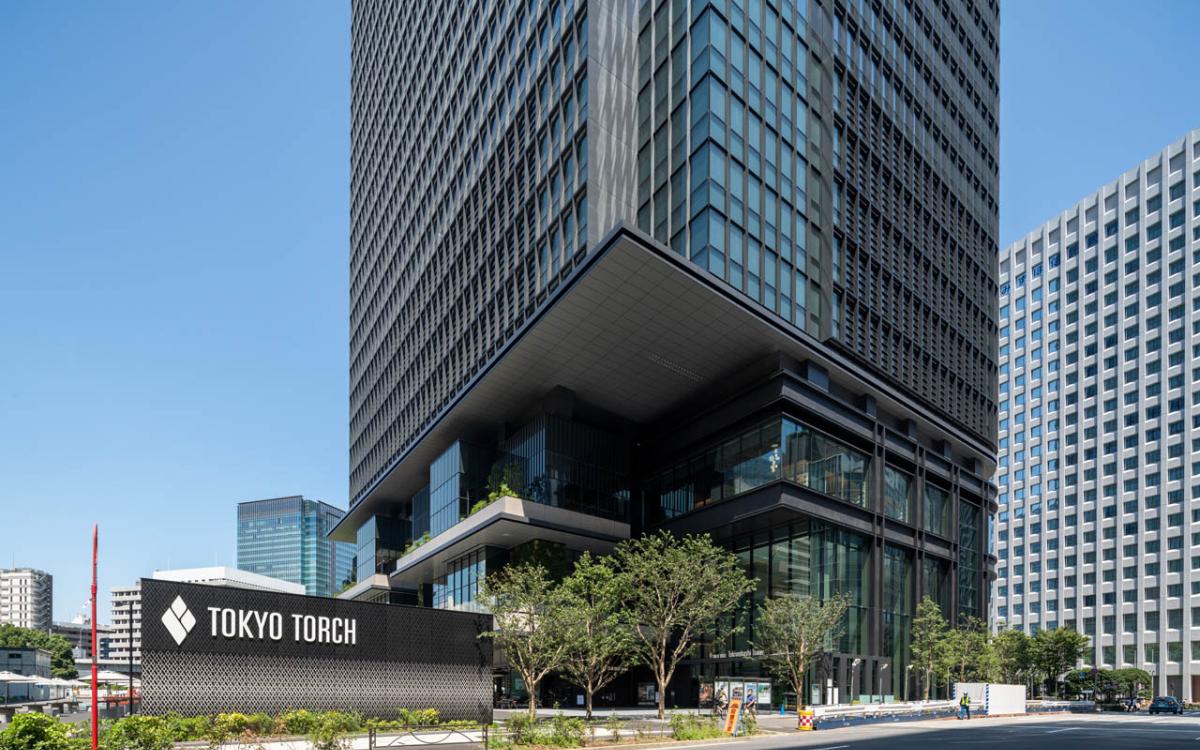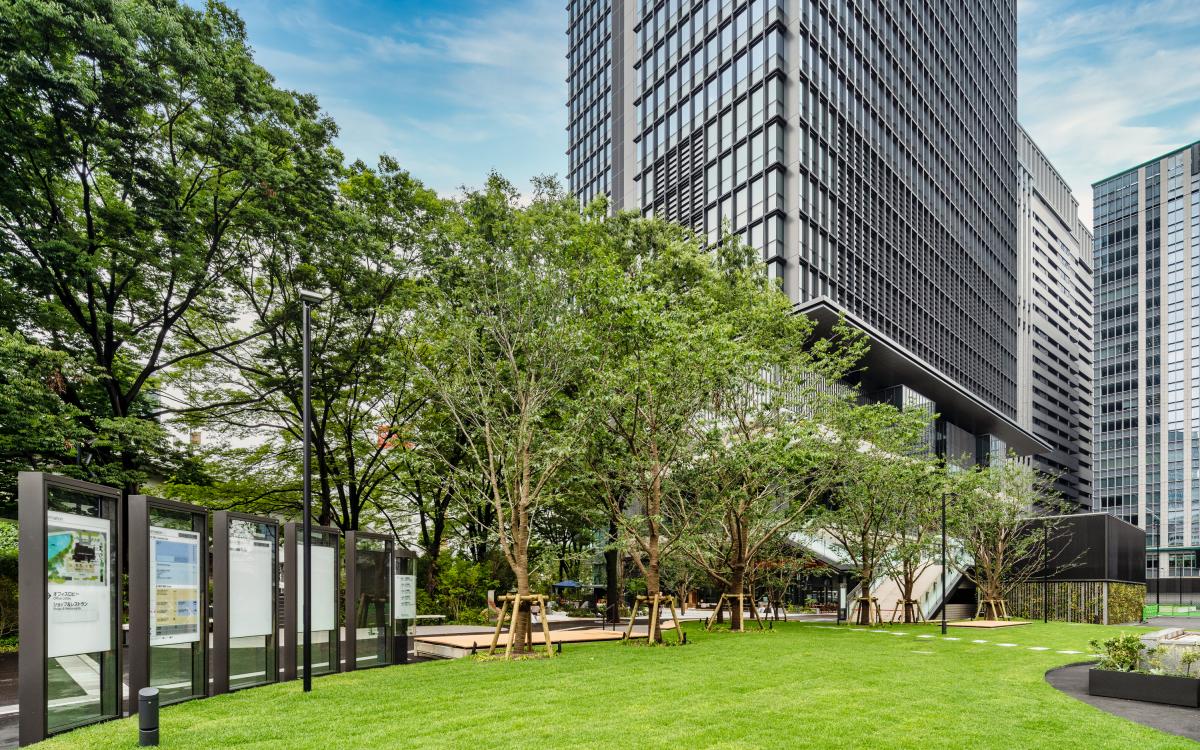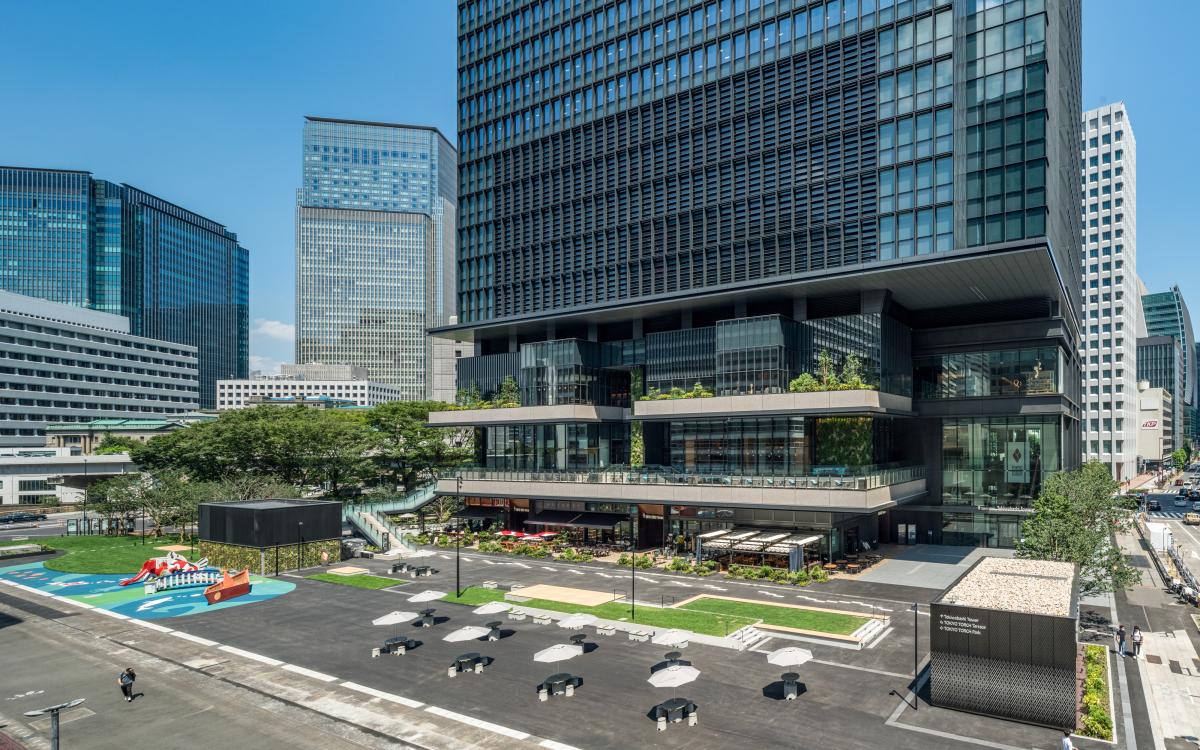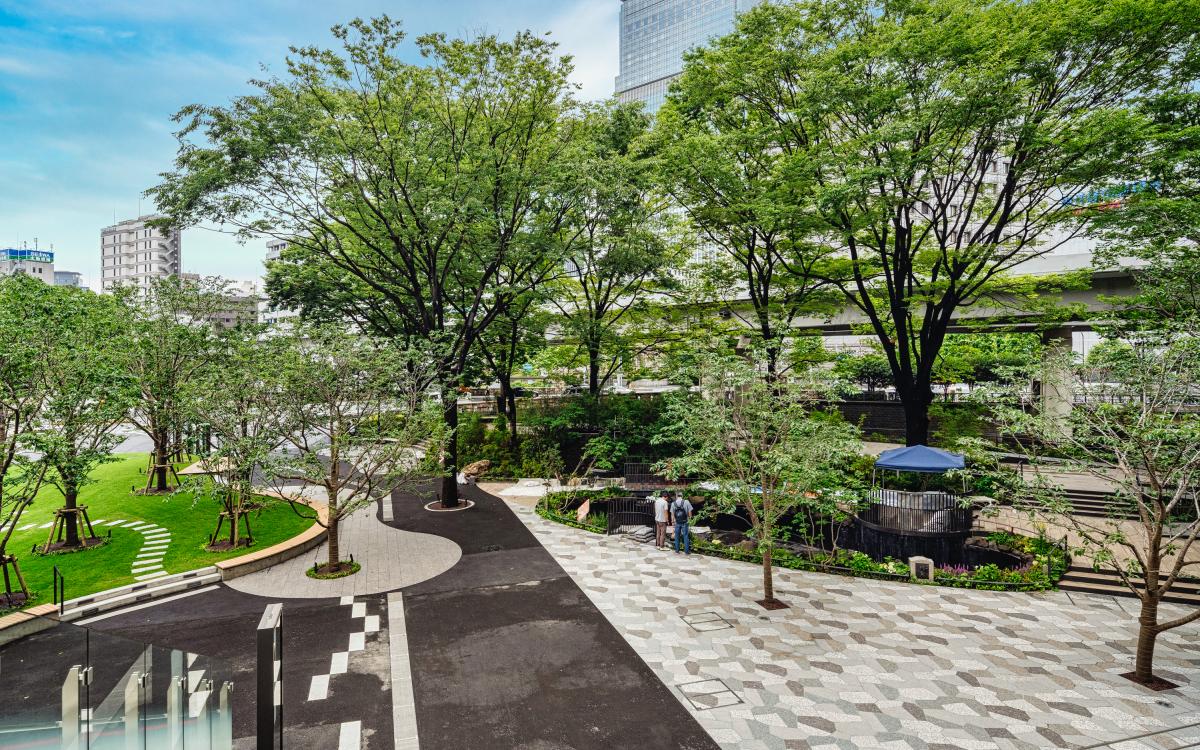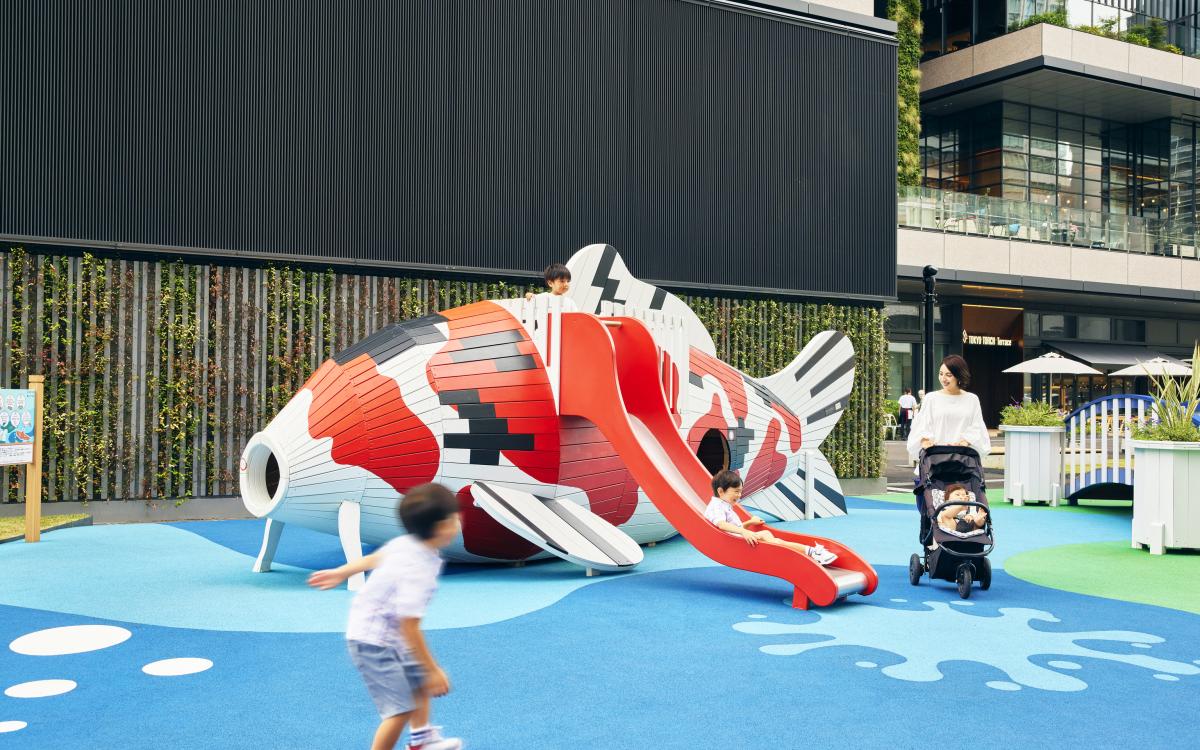Tokyo
Japan
The Tokiwabashi area in the center of Tokyo extends in front of the Nihonbashi Gate of Tokyo Station and is located close to the site of the Tokiwabashi gate of Edo Castle. Crossing the Nihonbashi River leads to the Nihonbashi and the Kanda district. Four main buildings are to be constructed on the site: Tokiwabashi Tower, Torch Tower, an Underground Electricity Substation, and a Sewage Bureau Building. The project is a large-scale mixed-use development with a site area of approximately 3.1 hectares and a projected total floor space of approximately 740,000 m2. The mission of the project is to maintain and regenerate the city center infrastructure and to pass on to the future the function and memory of the Nihonbashi River. The project has been designated by the government as part of a National Strategic Special Zone for strengthening urban infrastructure in the area around Tokyo Station and along the Nihonbashi River. Our vision for the project is to bring light and energy to Japan.
In accordance with the characteristics of the project, which aims to regenerate infrastructure facilities without any interruption, the project calls for the component buildings to be constructed in stages leading to final completion in 2027. The Tokiwabashi Tower, which has received the Sites Gold recognition, and the Tokyo Torch Park, a large plaza of approximately 7,000m2 that is open to the public, were the first parts to be completed, in June 2021. The plaza is connected to the waterfront area along the Nihonbashi River and the Tokiwabashi Park, which preserves the ruins of the Tokiwabashi Gate, a nationally designated historic site, and plays the role of linking areas of the city center. An area of low-rise eating and drinking establishments offers terraces and circular pedestrian access paths that are used together with the plaza, producing a lively atmosphere with numerous visitors.
The project represents part of efforts to redevelop Tokyo, and achieving a sustainable landscape is a major focus, despite the challenges presented by numerous structures underground. A representative example of efforts in this direction was the decision to keep the 10 zelkova trees that existed along the Nihonbashi River before redevelopment, avoiding any impact on the trees during construction and preserving them in their original site. As well as maintaining a long-cherished local view, preserving the trees also made it possible to offer users an environment rich in greenery and shade immediately after completion. Approximately 90% of the green space is made up of native species, ensuring healthy growth and a reduction in the amount of water used for irrigation. These efforts for sustainability continue in the management and maintenance stage, during which measures will be taken to reduce the environmental impact by minimizing the use of chemical fertilizers, pesticides, and light oil–powered machinery, and recycling branches pruned from trees. This was made possible by a planning process that involved the participation of specialists with a diverse range of professional expertise, including the company responsible for managing the site after completion. At the same time, we established numerous opportunities to listen to the opinions of experts and the local government, and by reflecting these opinions, realized a plan that ensured that the site is suited to its location and harmonizes with the local area.
The outside areas of the project are open to the general public at all times. The project is designed to offer a space where office workers and other visitors can relax, and is amply provided with benches and lawns. Numerous events and programs are held, which are open to people of all ages, genders, and races. With an ideal location close to Tokyo Station, the site will surely be visited by large numbers of people. The project team sincerely hopes that the site will succeed in its aim of bringing light and energy to Japan.

